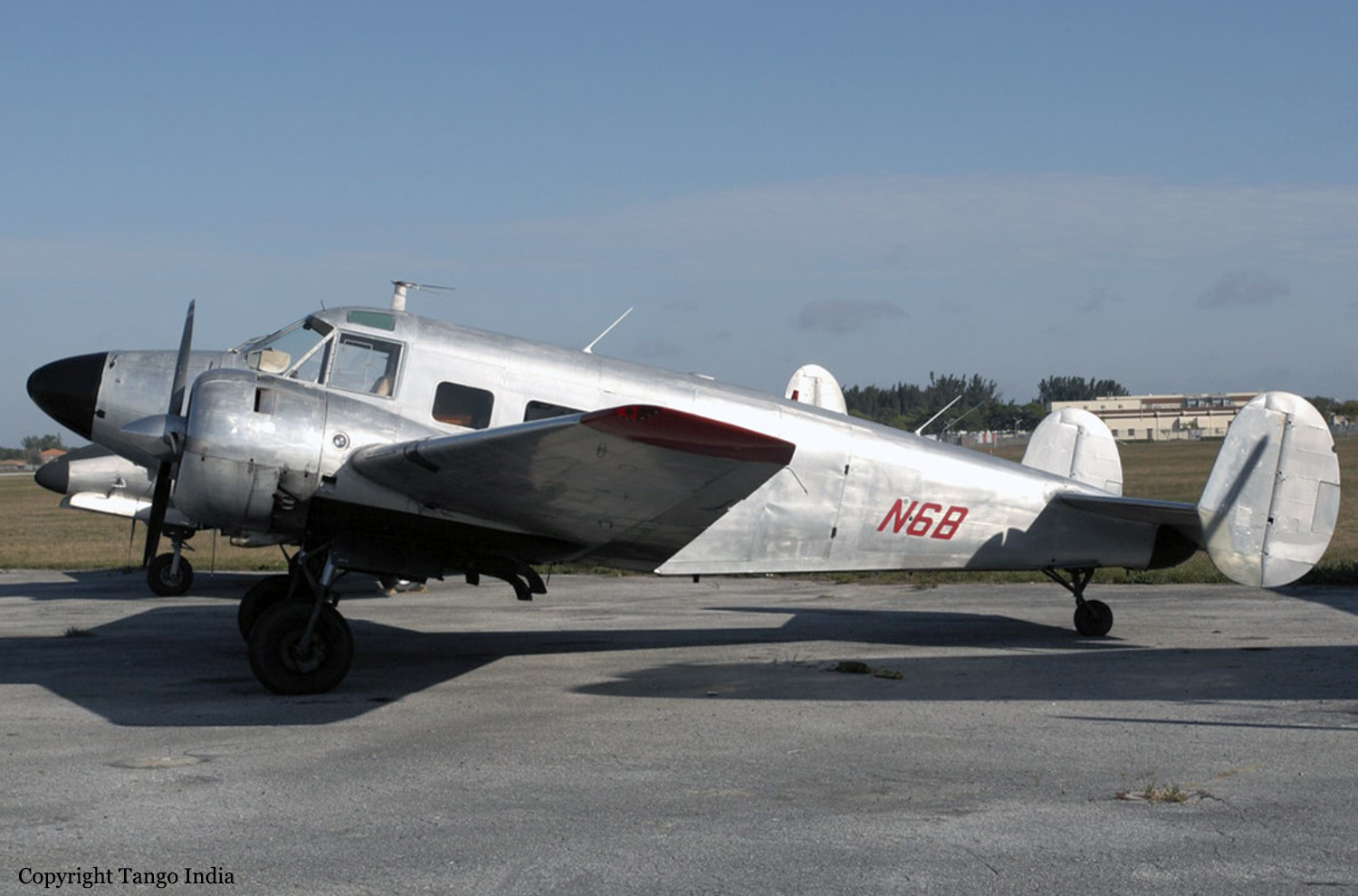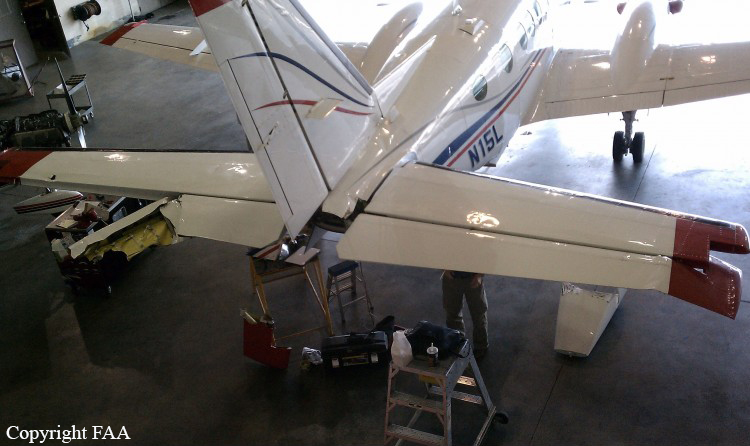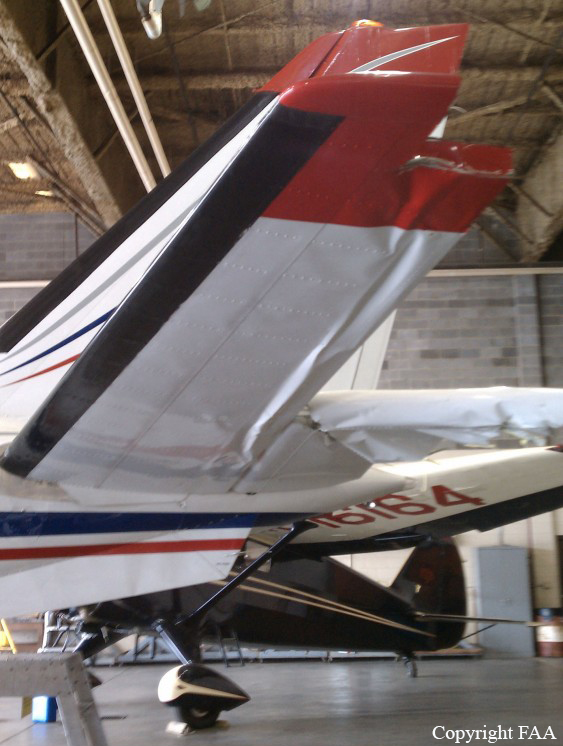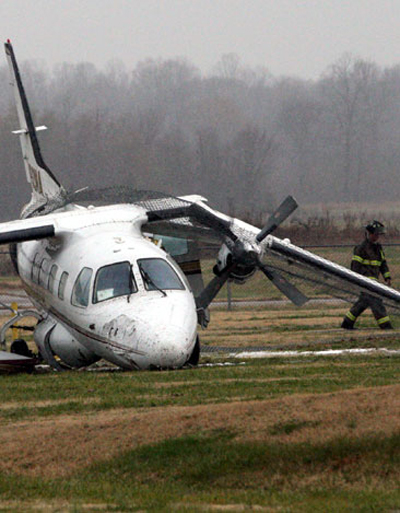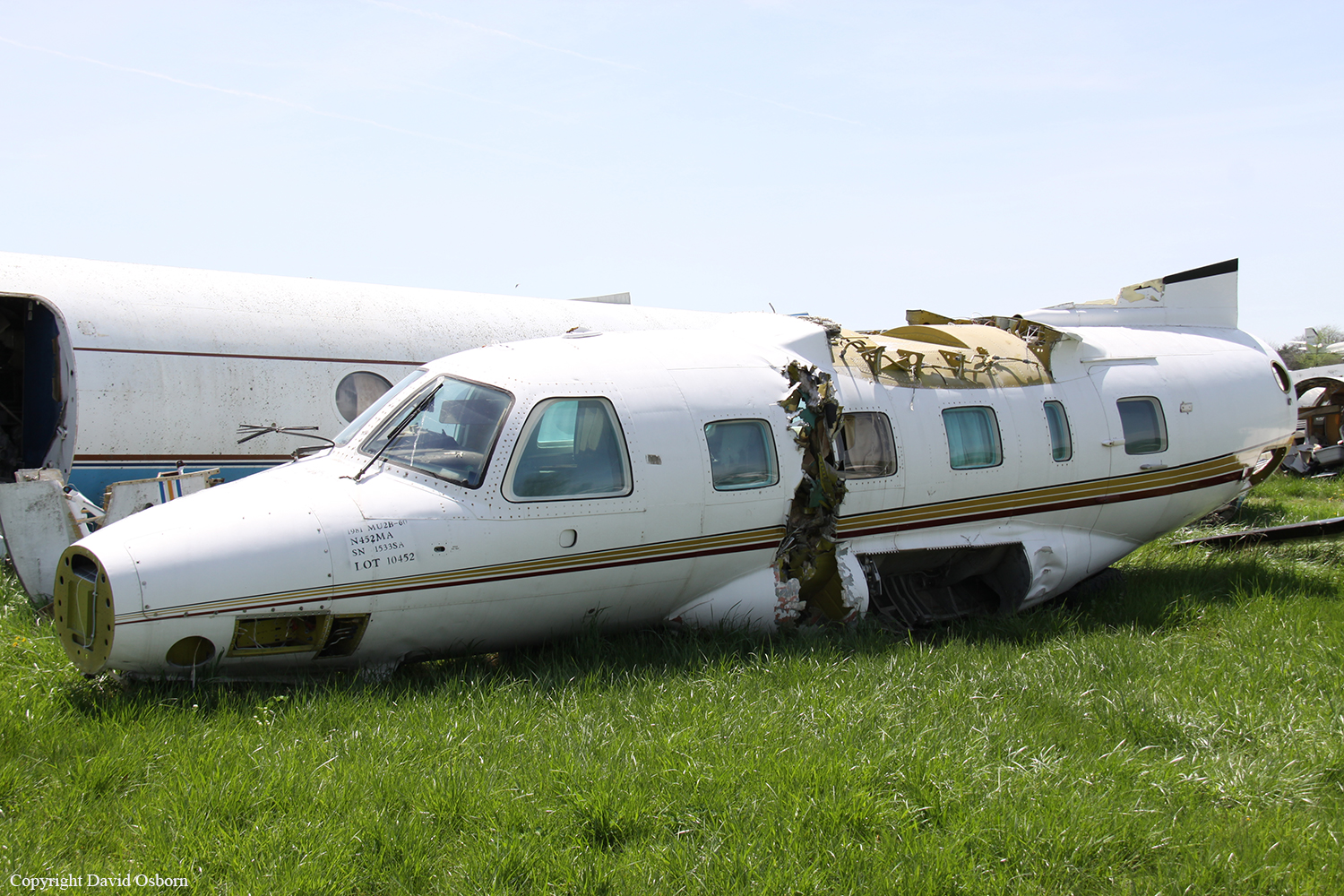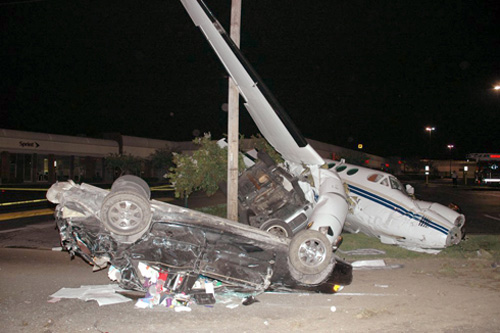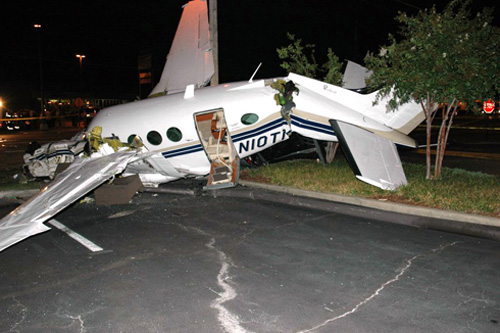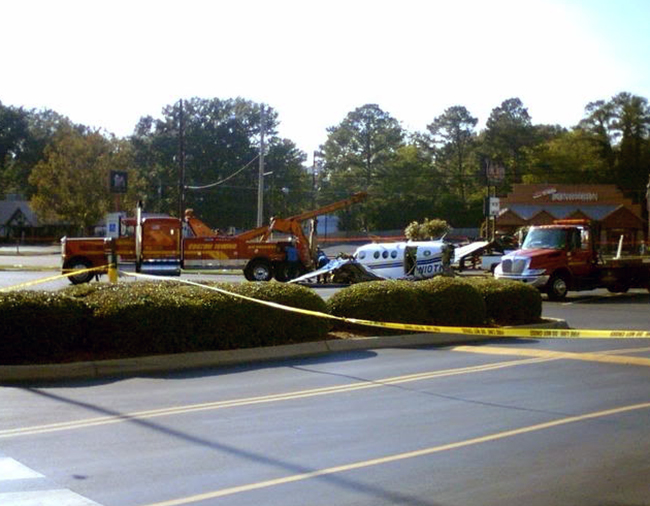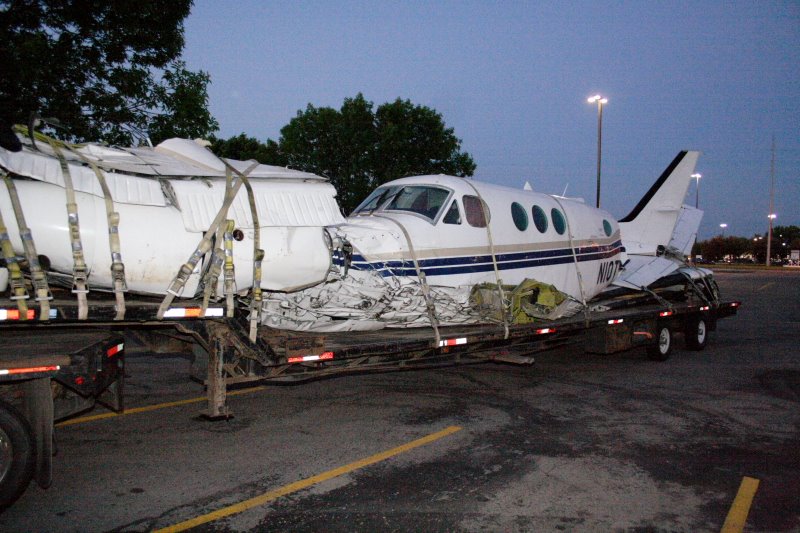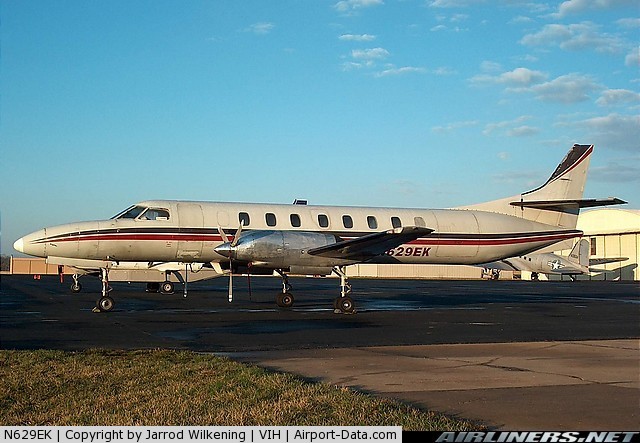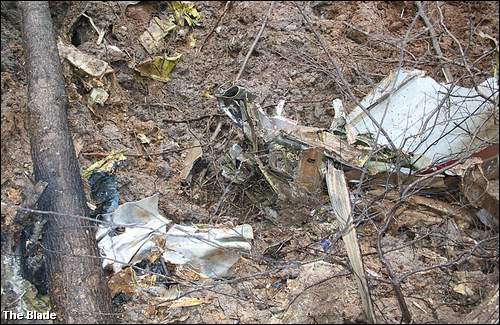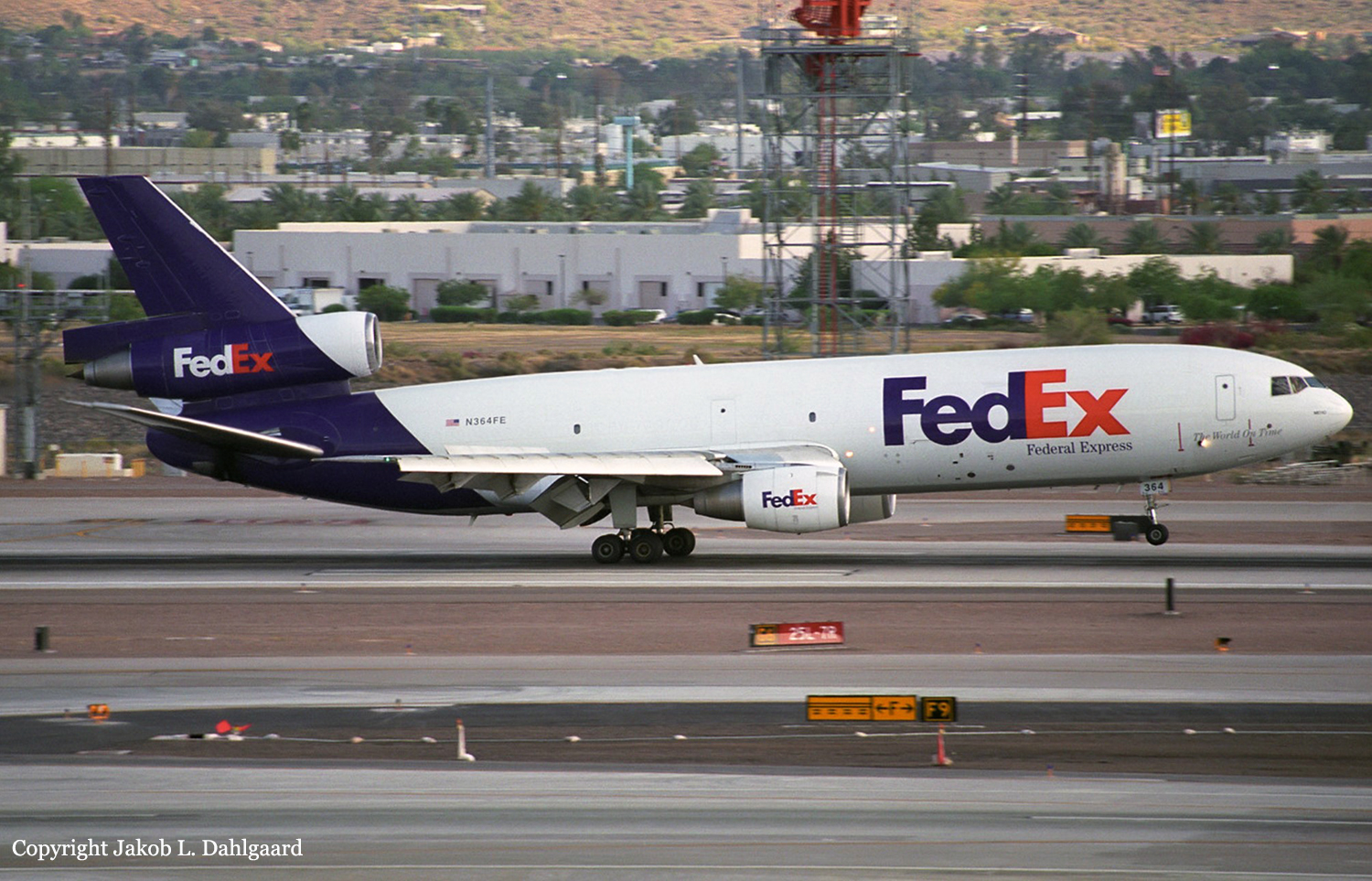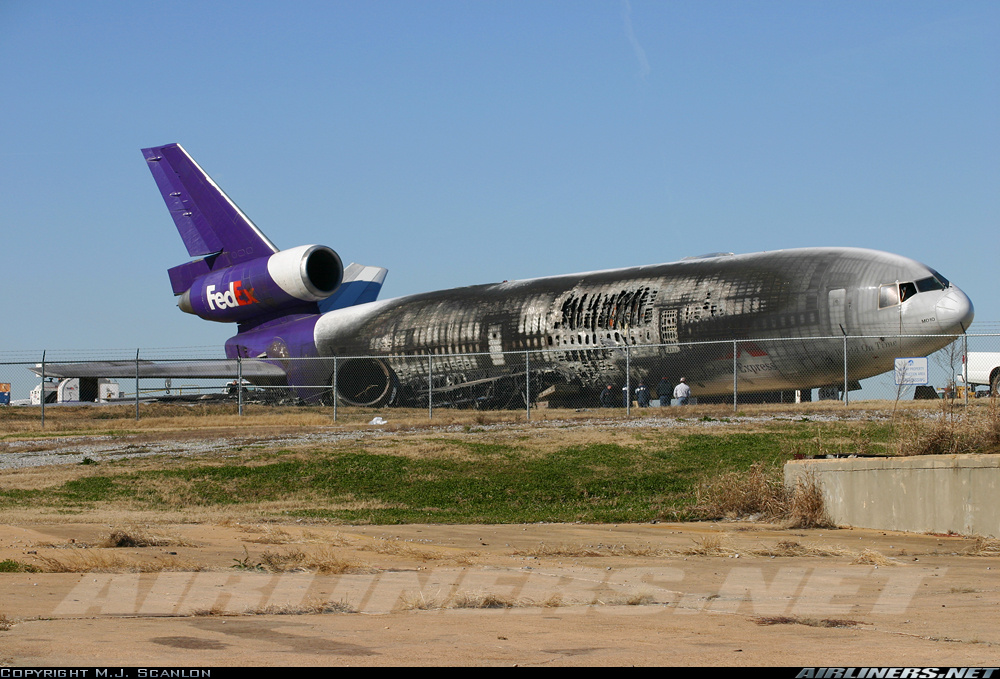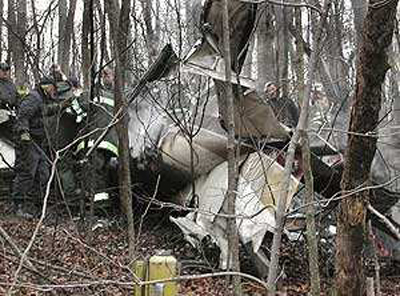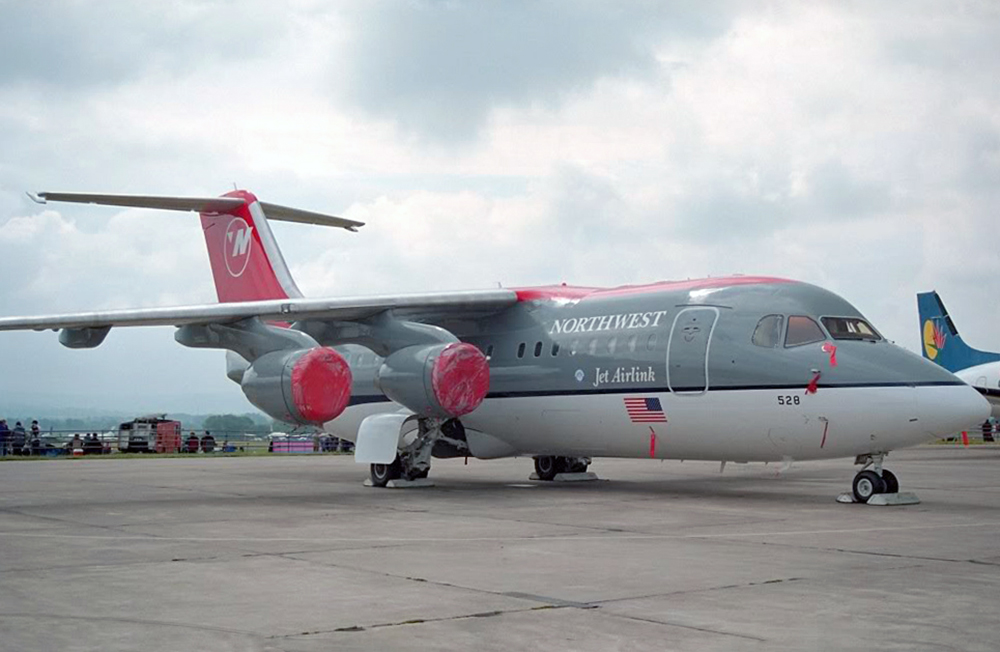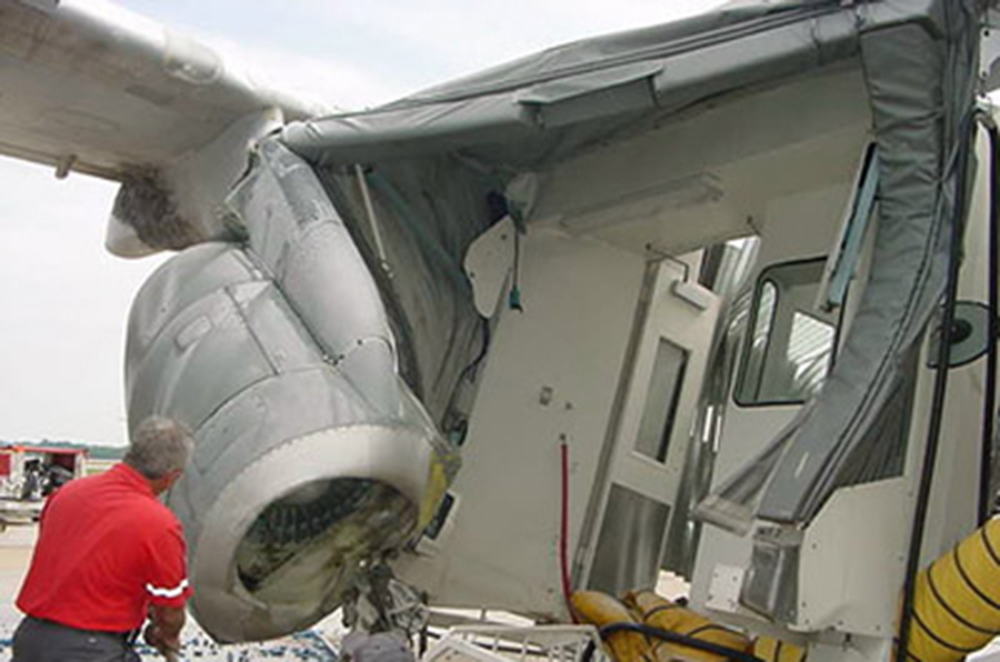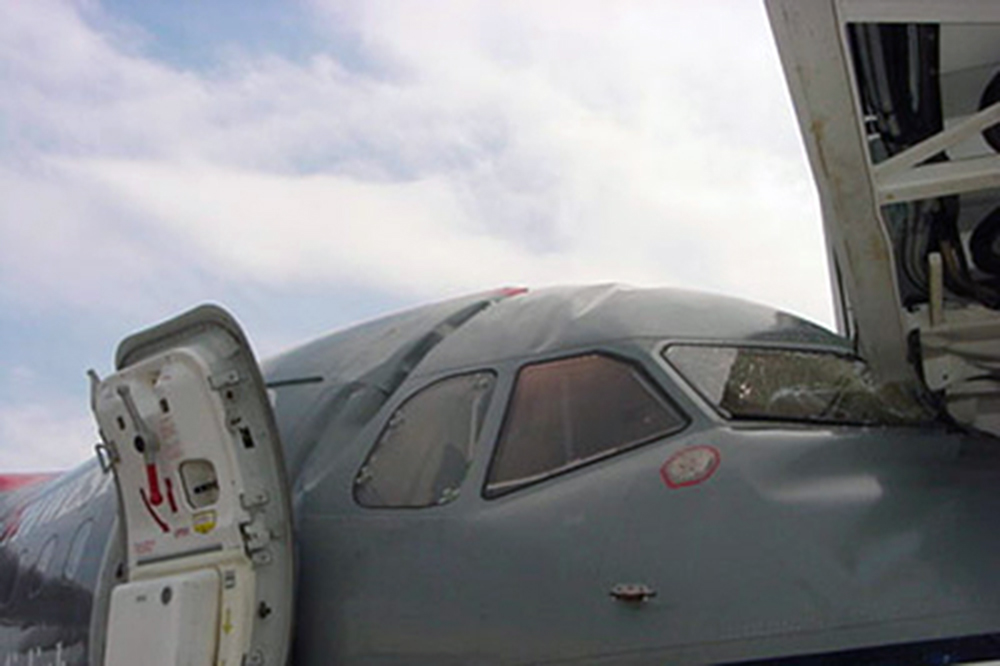Crash of a Beechcraft G18S in Cornelia
Date & Time:
Apr 21, 2012
Registration:
N6B
Survivors:
Yes
Schedule:
Miami - Dickson
MSN:
BA-573
YOM:
1961
Crew on board:
1
Crew fatalities:
Pax on board:
0
Pax fatalities:
Other fatalities:
Total fatalities:
0
Circumstances:
The twin engine aircraft departed Miami on a flight to Dickson, Tennessee. By night, the pilot decided to land at Cornelia Fort Airpak which is closed to traffic at this time. In unclear circumstances, the aircraft belly landed in a grassy area along the left side of runway 22 and came to rest. The pilot escaped uninjured and the aircraft was damaged beyond repair.
Probable cause:
No investigations were completed by the NTSB.
